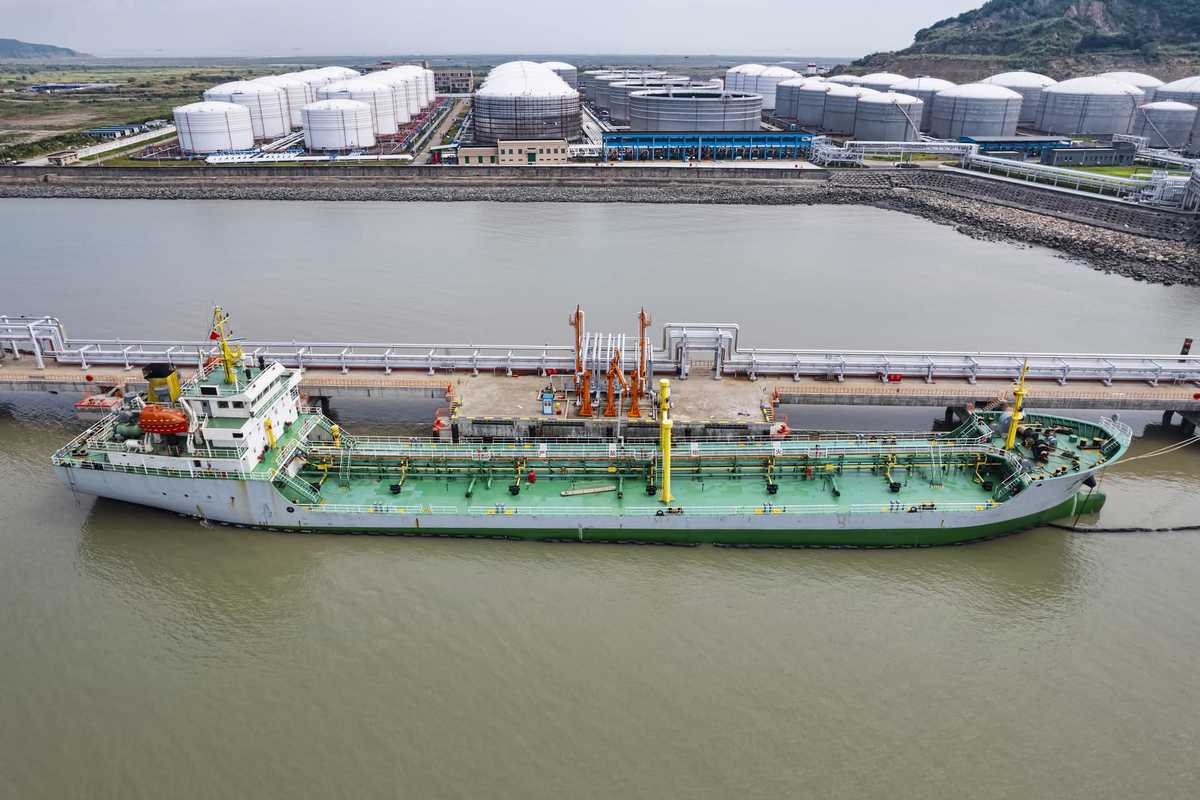CO2 storage capacity can handle blue ammonia demand by 2030 – MMMCZCS
Carbon dioxide (CO2) storage capacity will be scaled up to meet the shipping sector's blue ammonia demand and availability by 2030, a study conducted by Mærsk Mc-Kinney Møller Center for Zero Carbon Shipping found.
 PHOTO: Getty Images
PHOTO: Getty Images
“Blue ammonia is an attractive alternative fuel for the maritime industry due to its potential to scale up quickly using existing technologies and its low production costs compared with other low-emission fuels,” the MMMCZCS report stated.
Hydrogen produced from steam-reforming natural gas is combined with nitrogen in the air to produce grey ammonia. By capturing the carbon dioxide (CO2) emitted during this production process, grey ammonia is converted to blue ammonia.
However, the report added that the fuel’s potential to decarbonise the maritime sector significantly depended on the availability of carbon storage capacity.
The study estimated shipping sector will need 34 million mt/year of blue ammonia to reach net-zero emissions by 2050 and meet its 2030 targets. This would require a CO2 storage capacity of nearly 50 million mt/year, significantly more than the average global capacity of 40 million mt/year currently available.
This implies that the capacity will need to be scaled up dramatically by 2030, it added.
However, according to the Global CCS Institute, there was 244 million mt/year of CO2 storage in development as of last September, MMMCZCS study said. Of which, nearly 110 million mt/year of this was in either construction or advanced development.
The planned CO2 transport and storage capacity has seen dramatic growth in 2021 and 2022, with total capacity approaching one billion mt/year, according to the MMMCZCS. Eight of these projects are expected to be operational by 2030, which could add over 600 million mt/year of CO2 storage capacity.
Accordingly, the study found that the current lack of CO2 storage capacity would not hinder the availability of blue ammonia for shipping by 2030 since this capacity is expected to expand rapidly over the next few years.
The report also stressed the need for shared CO2 storage across multiple industries rather than dedicated storage for the shipping industry only. The argument was that multiple industries could bear the burden of infrastructure development, thus driving down carbon storage costs.
By Konica Bhatt
Please get in touch with comments or additional info to news@engine.online





